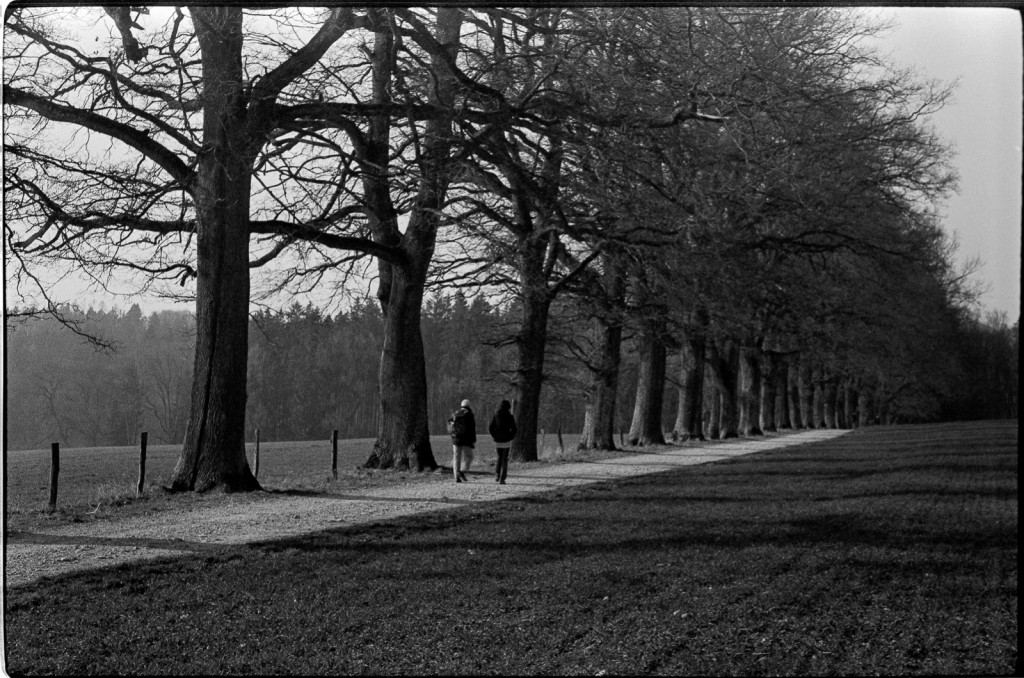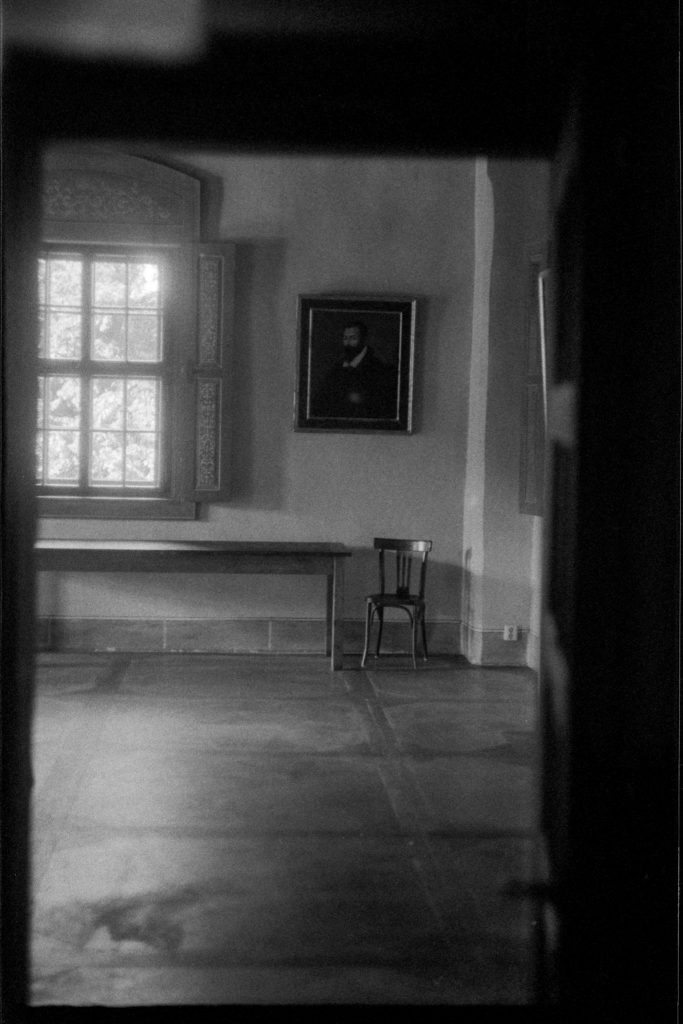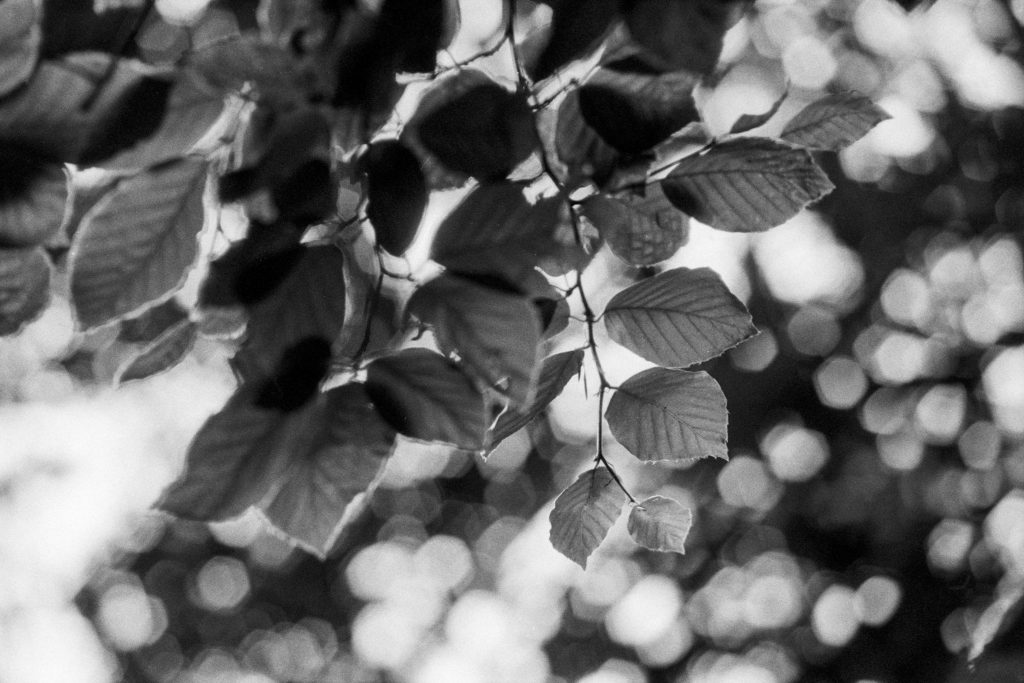I started my shopping for Praktica SLR with the KW and an older Tessar 50/2.8. Now I’m going straight to the last model the BX20s which was manufactured between 1992 and 2001. Altogether 33,319 BX20s were built during these nine years. I got three prakticar lenses with the camera: 50/1.8 standard lens, a 135/2.8 tele and a 35-70/3.5 zoom lens. I took out the later first since I haven’t used a zoom lens in ages.
The camera comes with a pretty convenient auto ISO detection as long as the film has a DX code. You can also choose to push or pull two stops. Setting the ISO manually is a bit limited and only allows a range from 25 to 400. I also haven’t figured out a way to switch the ISO detection off. However, I’m not sure if this is needed since the +/-2 stops seem sufficient.
Using the centerweighted metering combined with the aperture priority “automatic” mode also comes in handy. I like to choose the aperture to decide what depth of field I want and let the camera do the rest and just watch that the speed isn’t too slow. Of course you can also use the manual mode, set the speed you wish to use and then choose the aperture according to the meter reading.

After taking the camera out of the box and holding it in my hands, it felt kind of “plasticy”, light and not very robust. The back door seems lose and together with the “rapid” film advance lever a bit flimsy. However, I didn’t observe any leaks and the film advance works as well. Inserting the film is easy and it didn’t take long to get familiar with the features and to start shooting. The finder is very bright and focusing using the split screen is fairly straightforward even for a semi blind person like myself.
The camera was built at a time when autofocus SLRs already dominated the market. The BX20s was basically the last camera designed and developed in East Germany before the wall collapsed but sold afterwards. Comparing with the Contax RTSIII released around the same time, the BX20s was short of many things e.g. embedded motor drive, 1/8000s shutter speed, the first ttl spot meter and others. I wonder if the by 1989 more and more declining GDR industry also impacted the once prestigious camera industry. It seems the Pentacon development wasn’t able to keep up with the speed of the industry since the first AF cameras hit the markets in 1985/86. The company had plans to build an AF camera but even though they continued selling the BX20s, they were not able to take the next steps and compete on a very different market.
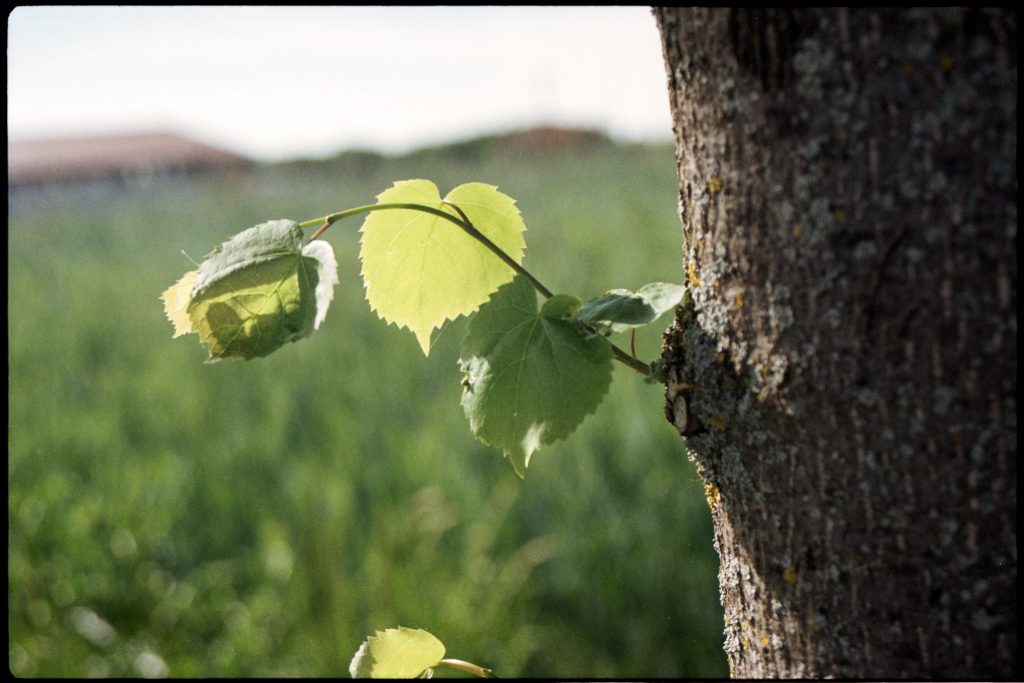
The lenses are built extremely solid when compared with the camera. It’s all metal and big Carl Zeiss glass. The first roll in the camera was shot with a zoom 35-70mm zoom. Honestly, I didn’t expect much but the lens surprised me. The pictures are sharp, the bokeh is reasonable and taken shots right into the sun is reasonable as well. The macro mode with a magnification of 2:1 is quite usable as well.
The first roll shot was a Kodak Gold 200 which is a bit on the grainy side but has very natural colors and it’s easy to scan. The camera is easy to handle and is, in spite of being manual, reasonably fast. The automatic aperture priority mode helps a lot and seems to be quite accurate. The BX20s doesn’t add a lot of weight to your bag and is a convenient and reliable companion. I don’t think it will replace my Contax RTSII but I will only know after testing the 50mm/1.8 and 1.4 lenses as well.
I’ll post images taken with the 135mm/2.8 followed by the 50mm/1.8 next.
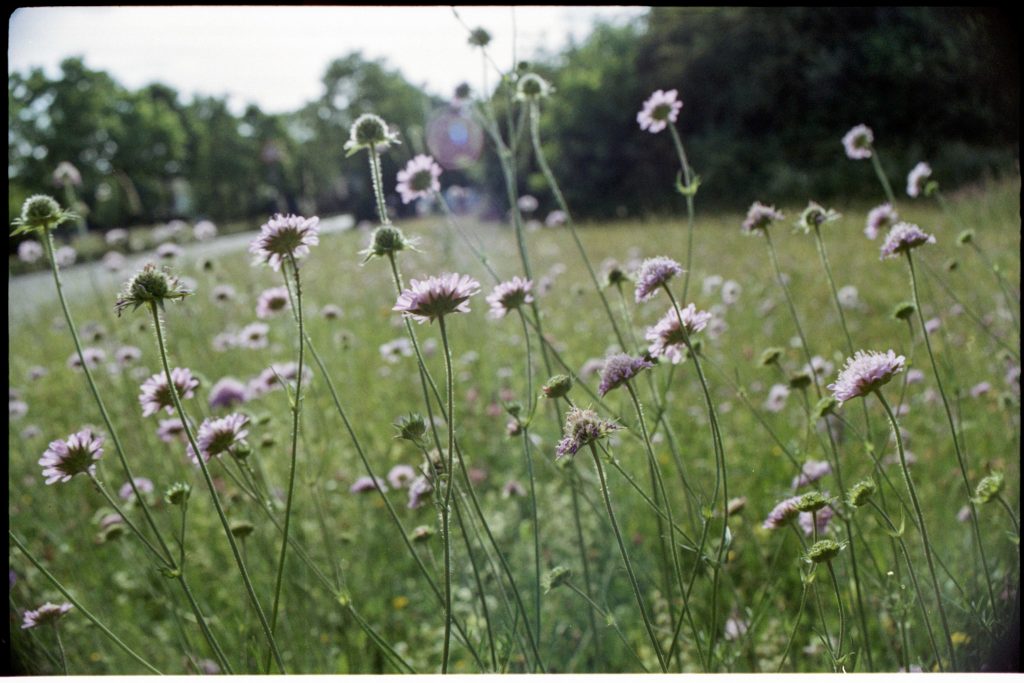


Similar Posts:
- The last roll – I sold my Konica Hexar AF
- Praktica history – chapter four – the Praktica FX2
- praktica history – chapter one – the praktica kw
- Camera talk – an affordable panorama camera
- Camera talk – the Rolleiflex 6008, should I stay or should I go
